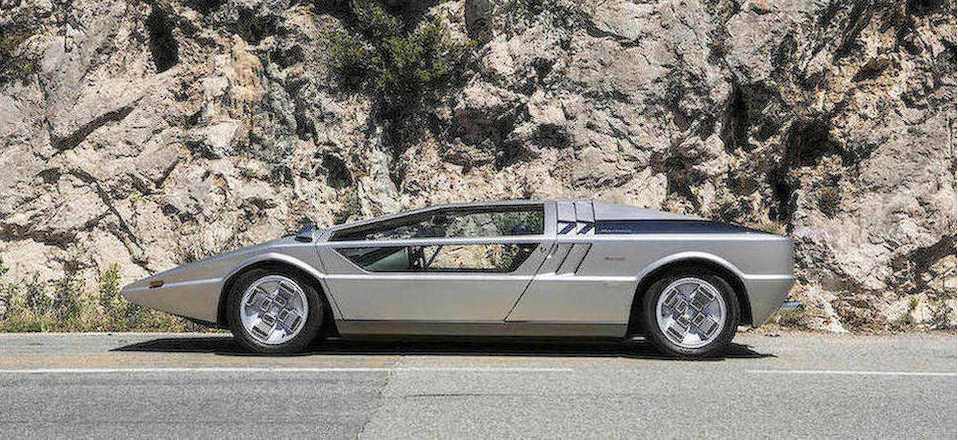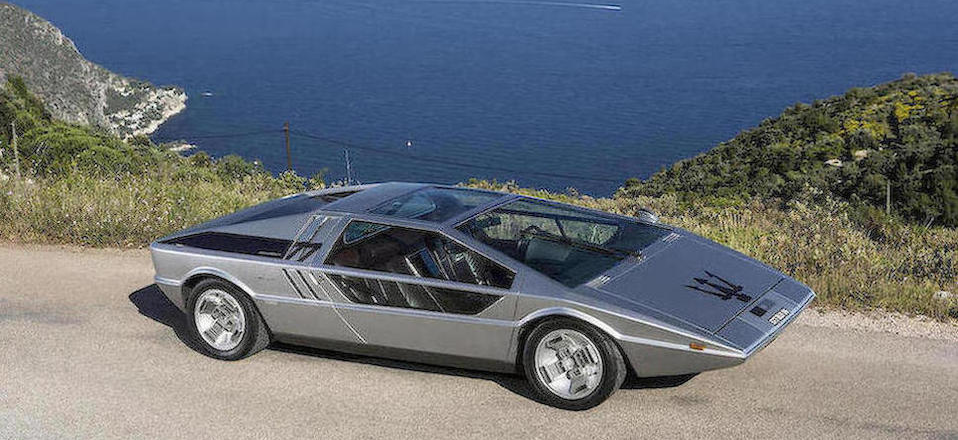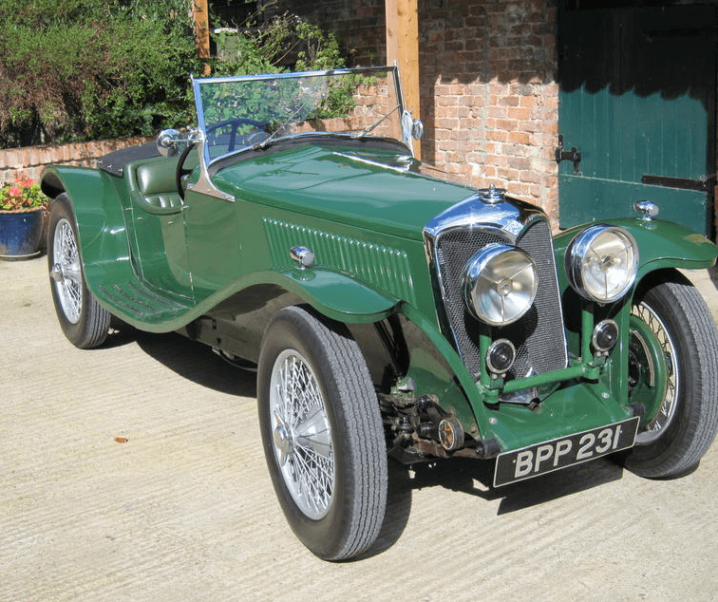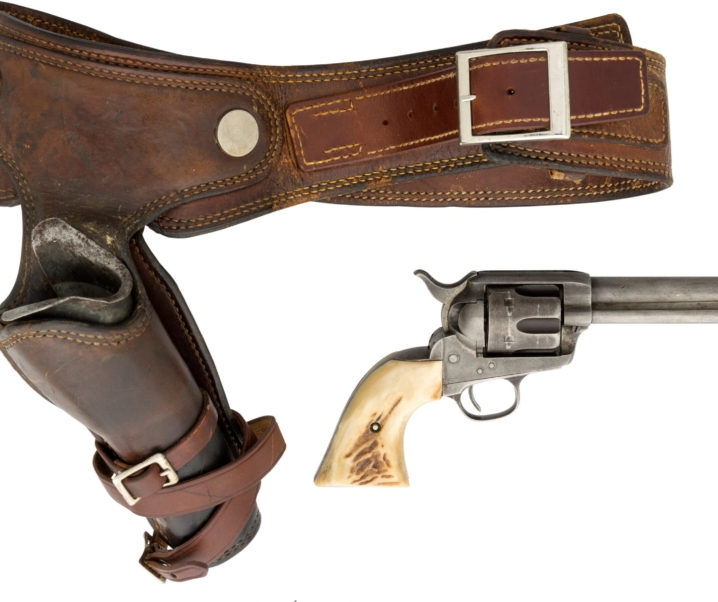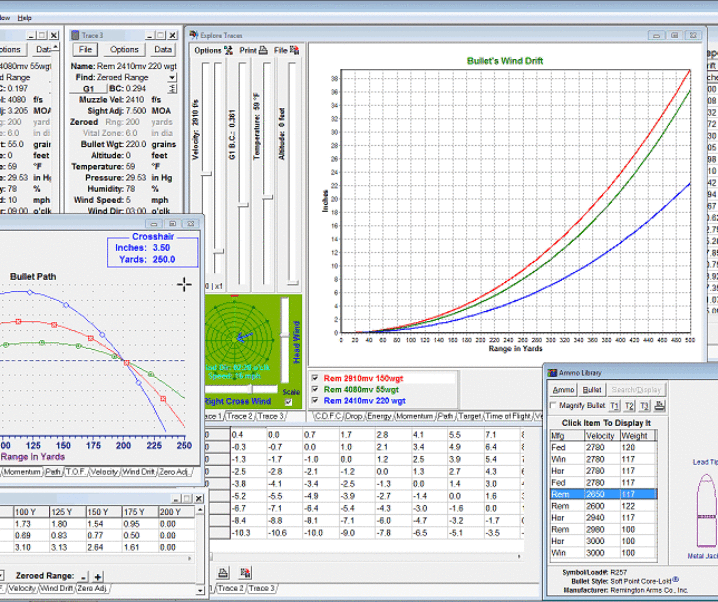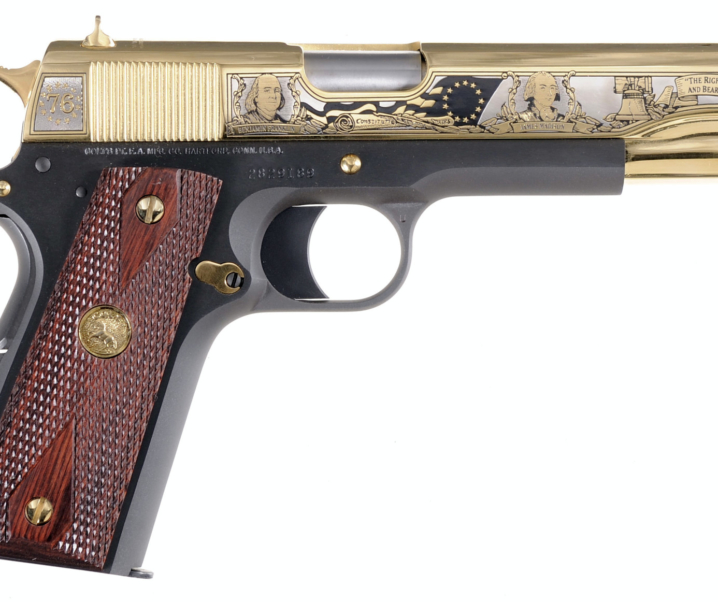In the movie “Back to the Future” when the Doc, who has created his time machine using a DeLorean, is asked by Marty McFly “Why a DeLorean?” the Doc replies “If you’re going to build a time machine why not build one with style?” And so it was that the Giorgetto Giugiaro designed DeLorean entered history riding on the back of popular culture, and its designer simultaneously achieved even broader recognition as the foremost car designer of the twentieth century.
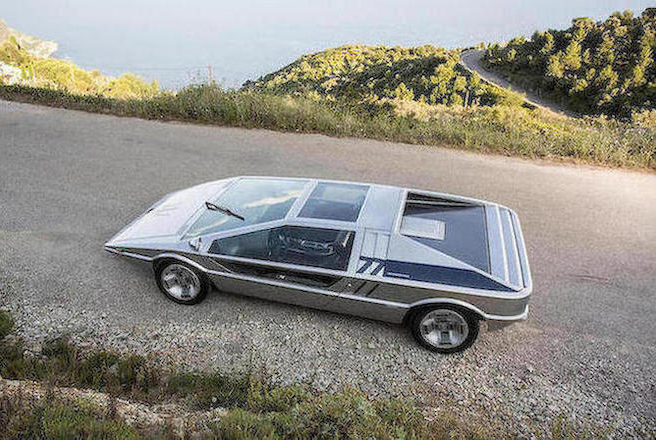
Back to the Future was an American movie, so it featured the most exotic American car that could be found for the Doc’s time machine. Had it been an Italian movie my guess is the car would not have been an American DeLorean, the car would have been a Maserati Boomerang – Giugiaro’s masterpiece.
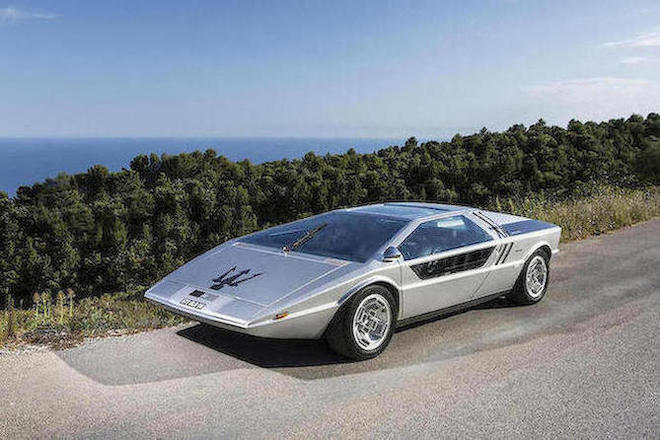
The Maserati Boomerang was rather more than just a beautiful styling exercise. Giugiaro applied practical design thinking to every aspect of the car. This can be seen not only in the aerodynamics, but also in the interior of the car, most notably in the design of the instrumentation and steering.
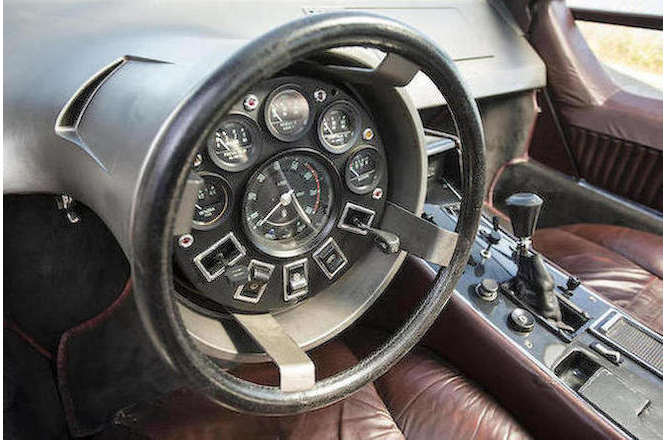
In any conventional car there is a dashboard where the instrumentation is located, and a steering wheel. With the usual arrangement the steering wheel will obscure visibility of the instrumentation when it is turned, and in some designs even when it is not turned. For the Citroen DS series the approach to dealing with the problem was to have a single spoke steering wheel to minimise obstruction. In the Maserati Boomerang Giugiaro goes one better doing what should have been obvious to everyone but wasn’t, he places the dashboard instrumentation and controls inside the steering wheel instantly ensuring unobstructed visibility and accessibility in one fell swoop. This is especially true for the driver who uses the classic British Police “Push Pull” steering method although not true for those who prefer the cross arm method of steering.
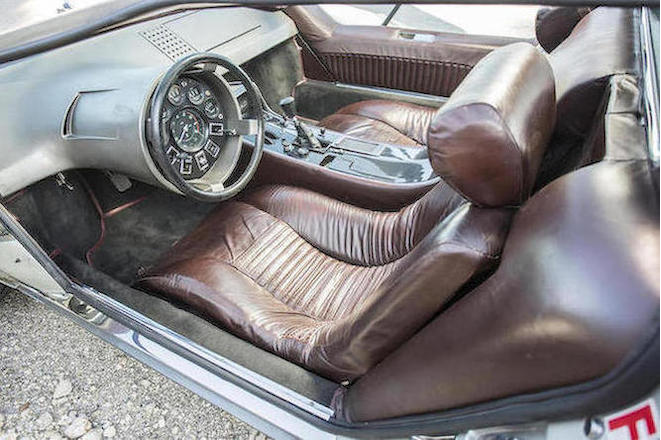
The car is a wonderful piecing together of practical “common-sense” design ideas in a head turning package. The soft seats wrapping themselves around the driver in an unobtrusive way. The gear lever being conventional and familiar, the handbrake fitted flush with the centre console. The whole effect being one of a cross between a sports car and a fighter jet.
Even the partitioning of the door windows hints at something you would expect to find on an aircraft, yet it works so well on this car.
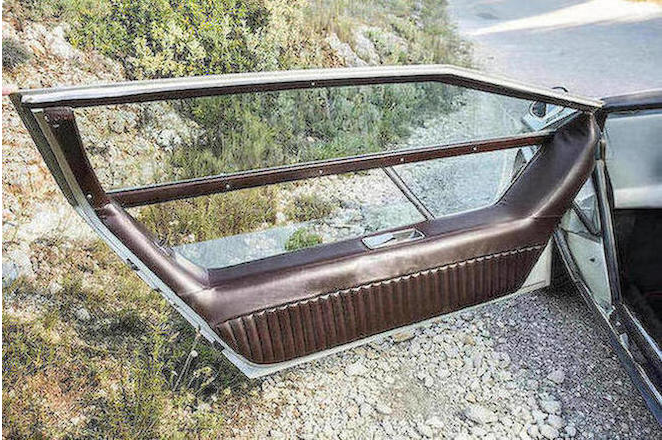
The Maserati Boomerang was powered by a 4.7 litre V8 also used in the Maserati Bora Coupé, which was also styled by Giugiaro. The engine produced 310 bhp and gave the Boomerang a top speed of around 300 km/hr, which is rather quicker than the necessary “88 miles per hour” that the Doc of “Back to the Future” needed to initiate his flux capacitor to enable time travel. Suffice to say that 310 bhp in a lightweight car such as the Boomerang creates a driving experience as close as one might get to a road going fighter aircraft.
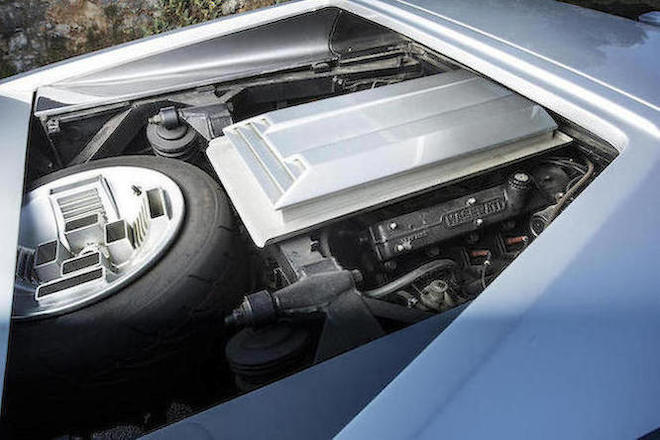
The Maserati Boomerang was a one off concept car, shown initially at the Geneva Motor Show in 1972 and then at various shows after that including Earls Court in London. It was not actually a road going car at that time. However in 2002 its then owner commissioned Traction-Seabert & Co Ltd of Waltham Cross, Hertfordshire, UK to turn it into a road going car. The process took eighteen months and cost £20,000, but at last the Boomerang became the practical grand touring car it was designed to be.
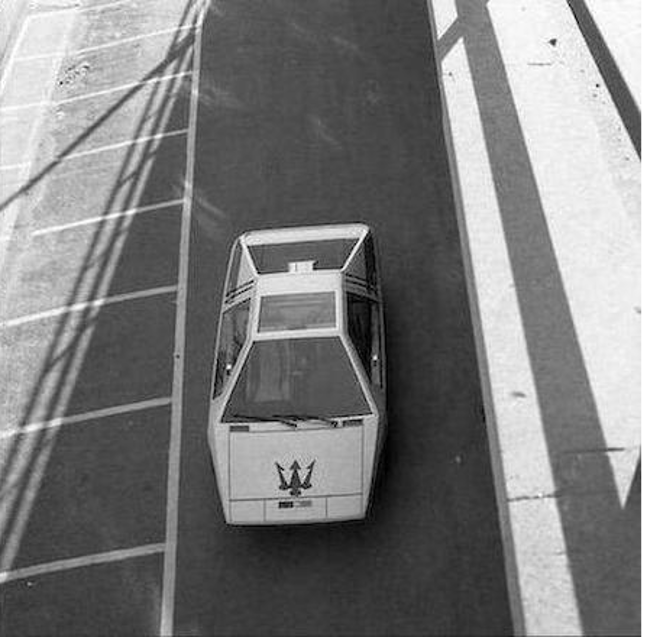
This car is unique in the world, and it represents the crowning achievement of a designer acknowledged as one of the greatest car designers, if not the greatest car designer of the twentieth century. It is coming up for sale at Bonhams “The Chantilly Sale” on 5th September 2015.
You will find the Bonhams auction page if you click here.
This is an opportunity to own one of the best examples of the art of automotive design ever created. The Maserati Boomerang is a timeless design that, like the boomerang of Australia, will always come back.
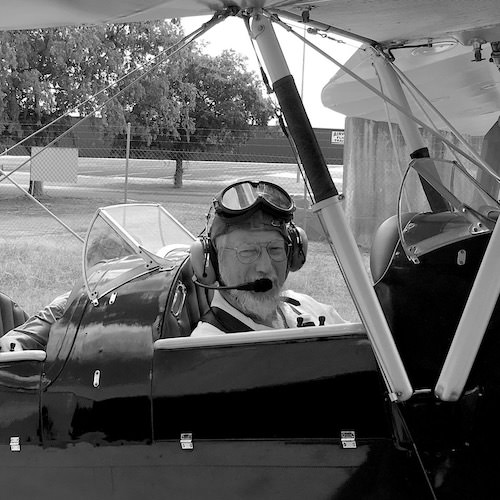
Jon Branch is the founder and senior editor of Revivaler and has written a significant number of articles for various publications including official Buying Guides for eBay, classic car articles for Hagerty, magazine articles for both the Australian Shooters Journal and the Australian Shooter, and he’s a long time contributor to Silodrome.
Jon has done radio, television, magazine and newspaper interviews on various issues, and has traveled extensively, having lived in Britain, Australia, China and Hong Kong. His travels have taken him to Indonesia, Israel, Italy, Japan and a number of other countries. He has studied the Japanese sword arts and has a long history of involvement in the shooting sports, which has included authoring submissions to government on various firearms related issues and assisting in the design and establishment of shooting ranges.

